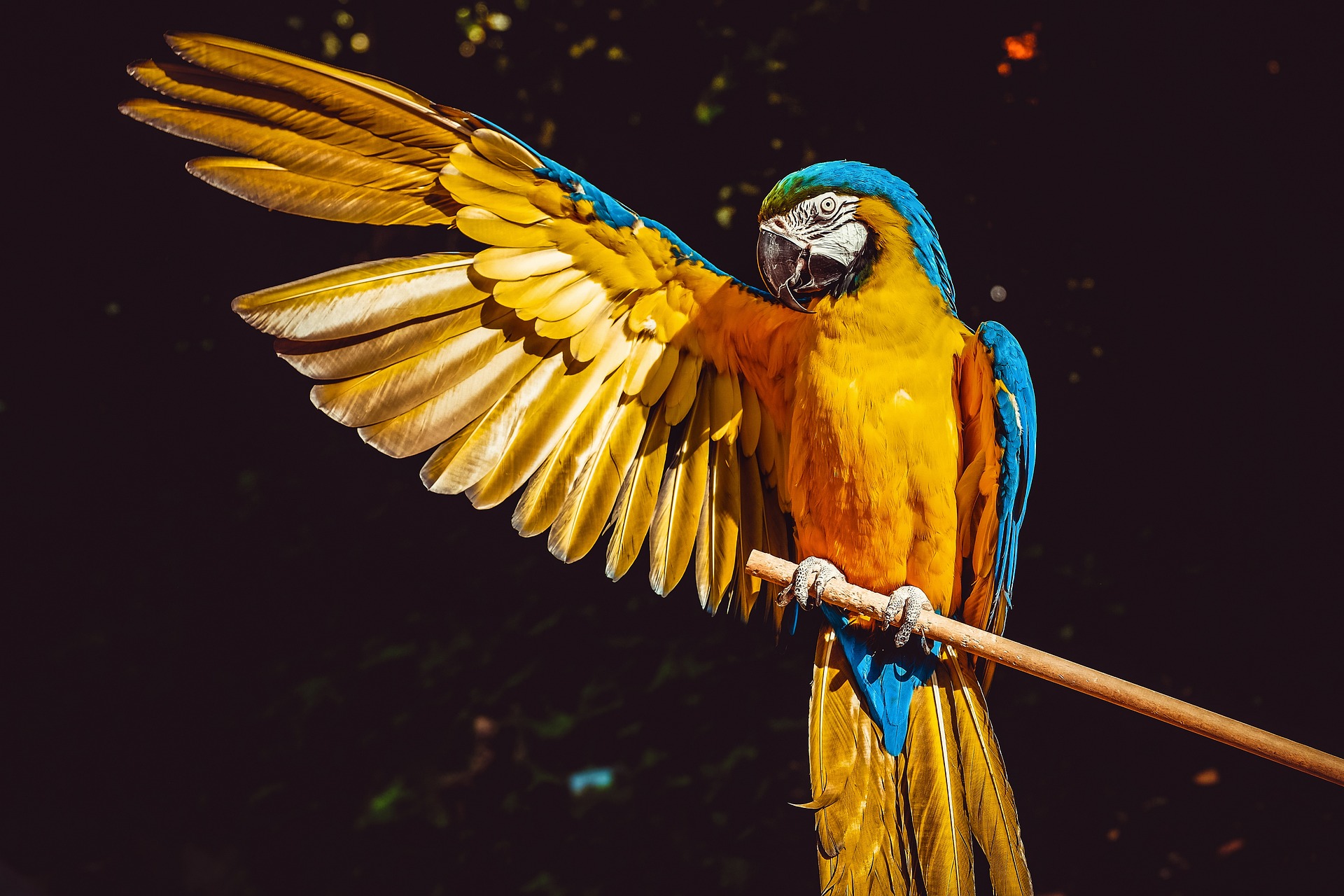Understanding the Uncanny Connection between Human and Bird Speech
Human language is a complex system that involves cognitive processes and intricate motor skills for its production. Interestingly, many bird species share in this wonder of communication, displaying impressive vocal learning capabilities, much like us. Amid striking parallels, this article explores the uncanny connection between human and bird speech.
Parallels in Learning Processes
Human infants learn to speak by imitating adult sounds around them, a process called vocal learning. Surprisingly, many birds – particularly songbirds, parrots, and hummingbirds – learn their songs the same way. These vocal learners listen to adult bird songs and mimic them to perfection, demonstrating a remarkable ability to adapt and learn.
Unveiling the Avenues of Phonetic Learning
Consider the process of a songbird learning its mother’s song. The young bird first goes through a ‘listening phase’ similar to human babies, where it ‘memorizes’ the adult song. The bird then practices the song during the ‘babbling phase,’ refining the sound until it closely matches the adult version. Remarkably, this is strikingly similar to how human infants learn speech.
Brain Architecture: Mirroring Linguistic Capabilities
Further biological parallels can be drawn at a cellular level. In both humans and birds, brain regions responsible for vocalization are astonishingly similar. This convergence indicates that both humans and birds engage dedicated neural networks to learn and produce vocalizations, driving home the strong connection between human and bird speeches.
Social Aspect of Avian Communication
Avian communication extends beyond mimicry and displays a strong social aspect just like humans. Birds vary their songs depending on the situation, almost like dialects in human language. Birds also use their songs to communicate important information, such as claiming territory, attracting mates, or warning of danger.
Implications for Understanding Human Language
Understanding avian vocal learning is not merely fascinating; it can lead to breakthroughs in human speech studies. Since birds evolve their vocal learning abilities faster than mammals, they can act as high-speed models for unraveling the evolutionary process behind speech in humans.
- Birds, like humans, engage in vocal learning, imitating adult sounds to learn songs.
- Songbirds, parrots, and hummingbirds are species notable for their vocal learning capacity.
- Vocal learning in birds follows a ‘listening’ and ‘babbling’ phase, much like human language acquisition.
- Brain regions responsible for vocalization in birds and humans are strikingly similar.
- Birds also exhibit the social utility of language, using songs for expressing various signals.
- Research into avian vocal learning could impact studies on the evolution of human speech.
Understanding the similarities between bird-song and human language requires examining myriad dimensions, from social communication to brain structures and learning processes. The correlations are impressive, and they hold the potential to shed light on the origins and evolution of human speech. Just as intriguing is the realization that we share such complex attributes with other species – further proof of the interconnections in our natural world.





